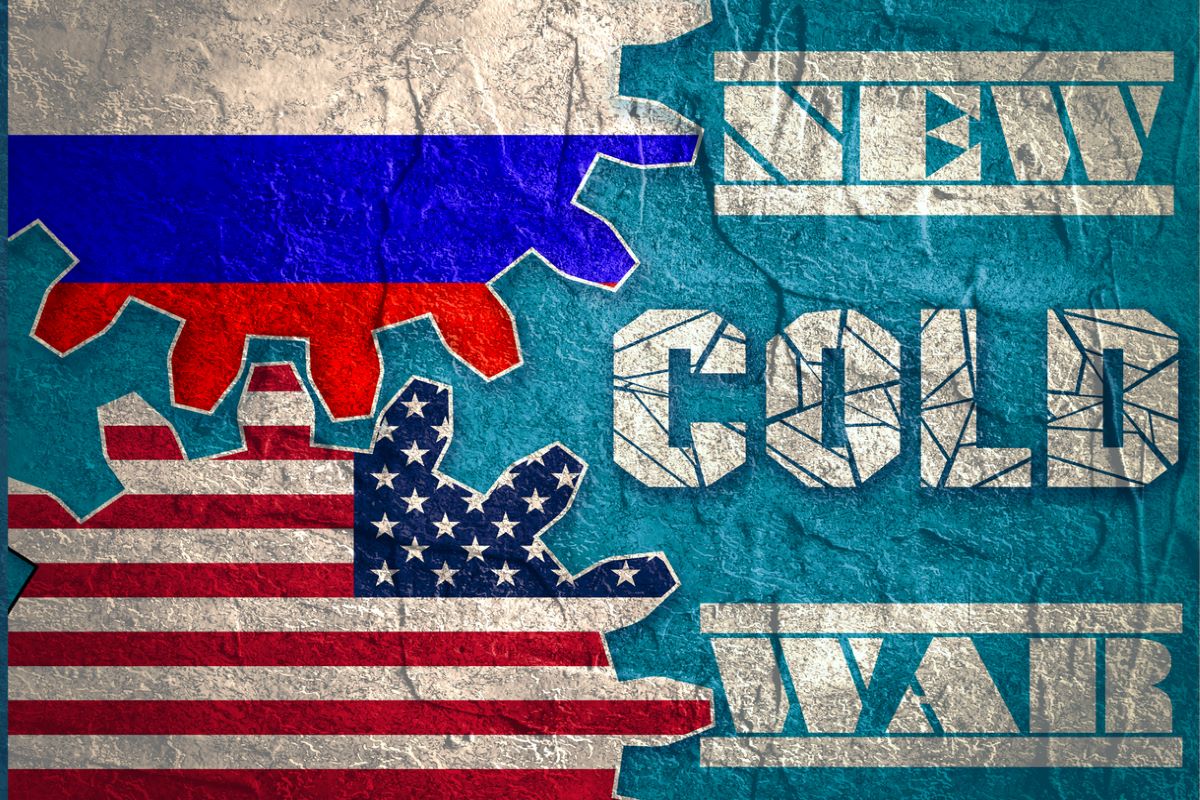The dominant narrative in the West is that the Ukraine crisis and the steadily intensifying face-off with Russia it has resulted in has brought the prospect of a new Cold War ever closer. Unlike what experts and laypersons alike had thought, however, it is not China which is in the opposite corner but the Western world’s old adversary Russia, the successor state of the Soviet Union. This resurrection of the ghost from the past, as it were, coincided with US President Joe Biden’s first State of the Union address earlier this week, and it showed.
As the first major ground war since World War II unfolded in Europe, Mr Biden had no choice but to open his address with a warning to Russian President Vladimir Putin and his inner circle: “Tonight I say to the Russian oligarchs and corrupt leaders ~ no more.”
Advertisement
He went on to characterise the moment as a battle “between democracies and autocracies,” where “freedom will always triumph over tyranny.” But, as Elaine Kamarck and William A. Galston of the Brookings Institute have written in an article published recently, the question that no one, including the US President, could answer was: Will a new Cold War begin, and what shape will it take? After the end of the WW II, say Kamarck and Galston, it took a while for Americans to see the Soviet Union as the “Empire of Evil” that it was to become for the West in the following decades.
In the immediate post-WW II months, Western popular culture discourse in general and the American media in particular initially portrayed the Russian as allies in the fight against the Nazis. Press reports from the time quoted in the article speak of the Russians as “one hell of a people who look like Americans, dress like Americans and think like Americans”.
Some described Joseph Stalin’s secret police, the NKVD, as akin to the FBI. Life magazine ran a sympathetic cover story on Stalin headlined “A Guy Named Joe”. But by the beginning of 1946, America’s view of the Soviet Union turned very negative and remained unchanged till the early 1990s when the Soviet Union collapsed.
Cut to the second decade of the 21st century. A majority of Americans ~ and nearly all media outlets ~ saw Russia as an unfriendly nation. Charges that the Kremlin was meddling in US presidential elections didn’t make matters any better. But the Biden administration, aware of the threat to American power from a totalitarian China, continued to hope that US-Russia relations could be stabilised.
The hope was that, for all its flaws, Russia would emerge as a major European power straddling two continents with a rising democratic quotient. (It was in this hope that Washington and its European allies let the annexation of Crimea in 2014 slide with a relatively light rap on the knuckles for the Kremlin.) But when Moscow’s threats against Ukraine intensified in 2020-21, that perception changed as abruptly as it had 75 years ago. What happens next is uncertain.
